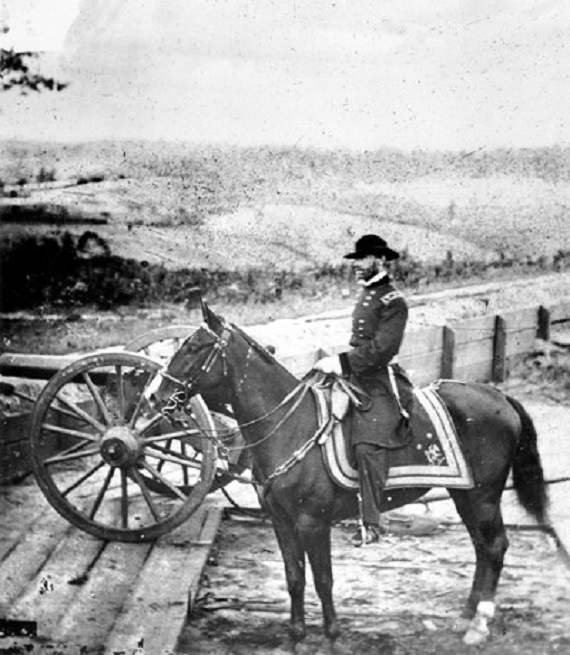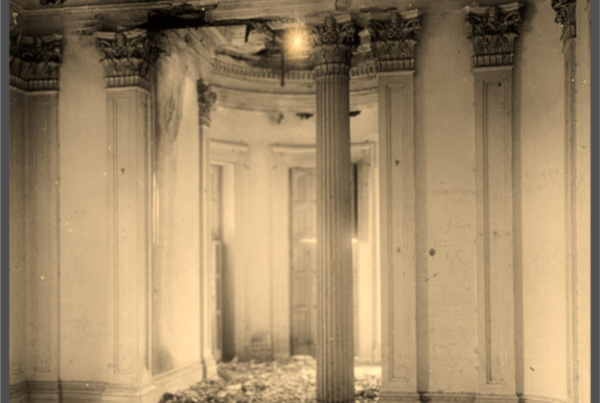The History Channel’s recent presentation of “Sherman’s March” has been rightly drawing a lot of criticism from those of us who care about such things. In theory, historical events should become clearer as time passes and the controversies they involved grow less heated. But that is not the case in regard to the War to Prevent Southern Independence—because the myth of a benevolent and righteous crusade against evil and its martyred saint is the essential base of American state worship. The myth also seems to be a deeply felt emotional necessity for the self-love of millions of Americans.
This TV docudrama is very peculiar. A whole team of third-string, half-baked carpetbagger “historians” of the type that now staff all Southern universities are presented to make the best possible case for the glory, brilliance, justice, and benevolence of Sherman’s operations in Georgia and the Carolinas in the winter of 1864–65. The peculiarity is that much of the actual evidence that manages to come through contradicts the rationale that is presented. Historians used to at least pretend to dig into the primary sources and examine all the evidence before making judgments, but now they are rewarded by how well they cherry pick bits to support the already established line.
Our scholars give us the official story, dressed up and paraded yet again.
Sherman’s March was a great military feat. A lie. An army of 60,000 men marched through territory undefended except for a few thousand cavalry and home guards. Even this opposition gave Sherman trouble whenever it became active. And he was checked whenever he met a real Confederate force, even one greatly outnumbered.
Sherman’s army only seized food on its march because of necessity and in keeping with recognized rules of foraging. A stupendous lie. One does not need to look at a single Southern commentary but only at the words of Sherman and thousands of his men. The expedition was deliberately intended and carried out as a campaign of terrorism against the noncombatant population. The recognized rules of foraging did not involve the wholesale burning of dwellings, schools, and churches, destruction of crops and livestock, theft of everything portable of value, molestation of women, brutality toward old men, boys, and slaves, both male and female. This had been federal practice since the first day of the war but had not been previously as systematized. But, Golly, Sherman should not be criticized for burning Atlanta. He actually destroyed only a third of it!
Sherman’s army brought benevolent emancipation to grateful slaves. A lie. Again, one need not consult a single Southern source to establish beyond a doubt that Sherman and his men overwhelmingly despised the black population of the South and preyed upon them as readily as upon white women and children. If it had been a question of being there to free the slaves they would have all gone home.
Any atrocities that Sherman ordered or allowed were only just retaliation against Southerners, because the Southerners for some unaccountable reason, perhaps their natural depravity, were “vicious.” This lie speaks for itself.
The deliberate sack and destruction of Columbia, after it had been peacefully surrendered, is no big deal and Southerners are emotional and deluded to resent it. This only works if you start with the assumption that Southerners are inferior beings and have no right to resent anything their betters do to them.
Much more could be said. But let’s finish by saying that it is a bad cause that has to be defended by lies. And it can only be defended by lies, then and now. Those who want to understand the facts have an invaluable new source, just published last week by Pelican Press: Walter Brian Cisco’s War Crimes Against Southern Civilians, a concise and factual survey of a large subject, such as has long been needed.







